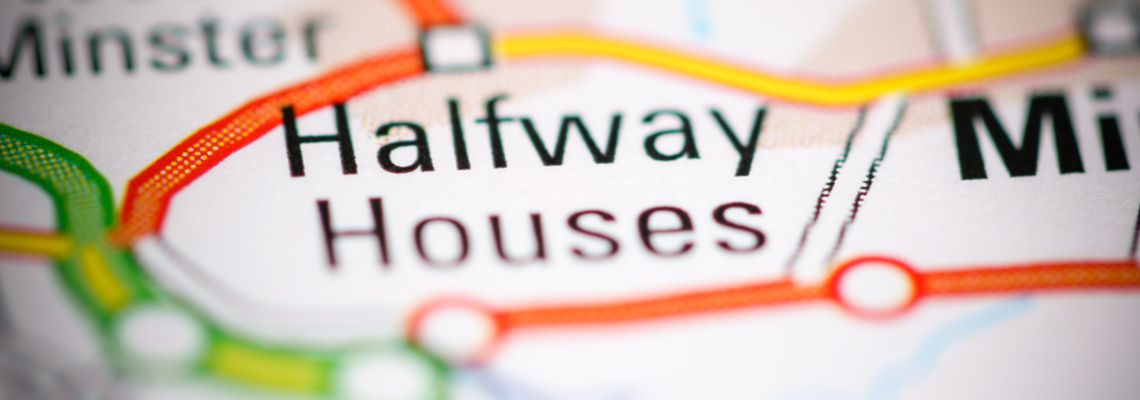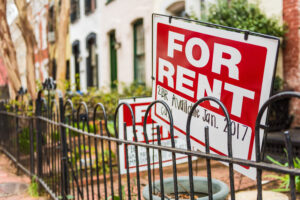Prison inmates have been, and are being, released in wake of the Corona Virus Epidemic. One of the requirements for their early release is that they have somewhere to go. Having their own home, staying with family or friends, or going to a halfway house are the most common options. That begs the question: what is a halfway house?
Can it be Profitable?
If you’re investing in real estate then you likely have seen and heard a variety of creative ways to develop positive cash flow. The biggest question you might be asking yourself about is whether to turn a rental in a halfway house and if that can help with the forthcoming influx in newly released ex-offenders. Ultimately, “Would this be a good investment for my portfolio?”

Yes – It is possible to earn a profit by turning a residential home into a halfway house. The Department of Justice has many places that offer grants or contracts for those who are interested. For example, The Bureau of Prison posts grants to their business opportunity page with the option to get email alerts.
Residents are also required to pay rent. Once they have a job, 25% of their earnings go to the owner of the home to decrease those costs. According to some with practice in the field, it is possible to make $6,000 a month.
What Actually is a Halfway House?
According to the National Criminal Justice Reference Service, halfway homes are “facilities [that] range from small correctional institutions located within the community to loosely structured houses which provide minimal support to primarily self- referred clients.”
There are different forms of halfway homes, or more specifically, different communities that they serve with different demographics. They could be recovery homes for those battling addictions like alcoholism or homes for those with mental health care needs. For this article we’ll be considering halfway homes for inmates and ex-offenders being released during the COVID-19 crisis.

Halfway homes have several requirements: not only will they be furnished and have appliances, but they will also require smaller essential items such as bed sheets, hygiene products, and entertainment like books, tv, and movies. Halfway homes need
Halfway houses for ex-convicts also get to list rental criteria for entry. They get to pick more carefully than a standard rental property for who can stay in their home. Criteria may discuss anything including violence, drug abuse, and psychiatric needs.
Where can they be Located?
Halfway homes are located on residential sites, like former hotels or a regular house transitioned into a halfway home. After so long behind bars, halfway homes act like re-entry centers; training wheels to help them re-learn what functioning in the outside world requires. Having the re-entry center located within a community helps them step into the freedom and socialization of normal society with more structure like prison.
What is Required Inside the Property?
Largely the inside is happenstance. Whether each renter has a private room or sleeps with a roommate or three, if they have a private bathroom or share with everyone, and other issues is all up to the manager of the home. This is the same for the programs. It’s possible to have a few basic courses like employment training, AA meetings, and anger management courses, or to have a whole slew of options for the inmates within the home.
Most halfway houses will have basic rules, however. This includes a curfew, random drug testing, visiting hours, and treatment programs. The ex-offenders will be held accountable: they sign out in order to go through approved activities such as to work a job, finding that job, treatment programs outside the re-entry center (such as if the home doesn’t have anger management, they will leave to go to an anger management meeting), and medical care. Since federal halfway houses do not pay for their resident’s medical care, they must find it outside on their own.


Most halfway houses will have basic rules, however. This includes a curfew, random drug testing, visiting hours, and treatment programs. The ex-offenders will be held accountable: they sign out in order to go through approved activities such as to work a job, finding that job, treatment programs outside the re-entry center (such as if the home doesn’t have anger management, they will leave to go to an anger management meeting), and medical care. Since federal halfway houses do not pay for their resident’s medical care, they must find it outside on their own.
Creating a halfway house from scratch can be a long and complicated process, but many find it can be worth the effort. It serves a good purpose to reduce recidivism, which can always be improved, and can become a create addition to diversify profitable portfolios. While it may not be right for everyone, it’s still good to know any home can be a halfway home.









2 Replies to “How to Get Creative with Halfway House Rentals”
Great article. I am interested in starting my own halfway house. Before i buy a property, I would like to know if you knew where i should began this whole process?
Thank you. I want yo turn my home into a half way house for felons. Pleade send me any infi to get started . im in washinton state